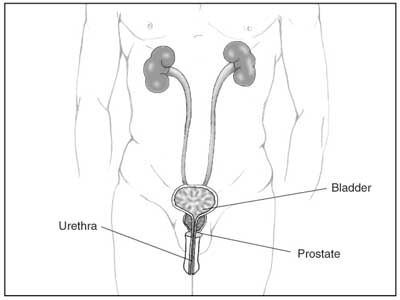Breast Cancer
| Breast
Cancer Breast is the most common type of cancer among women in this country (other than skin cancer). The number of new cases of breast cancer in women was estimated to be about 212,600 in 2003. This National Cancer Institute (NCI) booklet (NIH Publication Number is 03-1556) has important information about breast cancer. It discusses possible causes, screening, symptoms, diagnosis, treatment, and recovery. It also has information to help women with breast cancer cope with the disease. Breast Cancer in Men Each year, about 1,300 men in this country learn they have breast cancer. Much of the information in this booklet applies to men with breast cancer. More information about breast cancer in men is available on NCI's Web site at http://www.cancer.gov/ and from NCI's Cancer Information Service at 1-800-4-CANCER The Breasts The breasts are glands that can make milk. Each breast sits on chest muscles that cover the ribs. Each breast is divided into 15 to 20 sections called lobes. Lobes contain many smaller lobules. Lobules contain groups of tiny glands that can produce milk. Milk flows from the lobules through thin tubes called ducts to the nipple. The nipple is in the center of a dark area of skin called the areola. Fat fills the spaces between the lobules and ducts.
|

